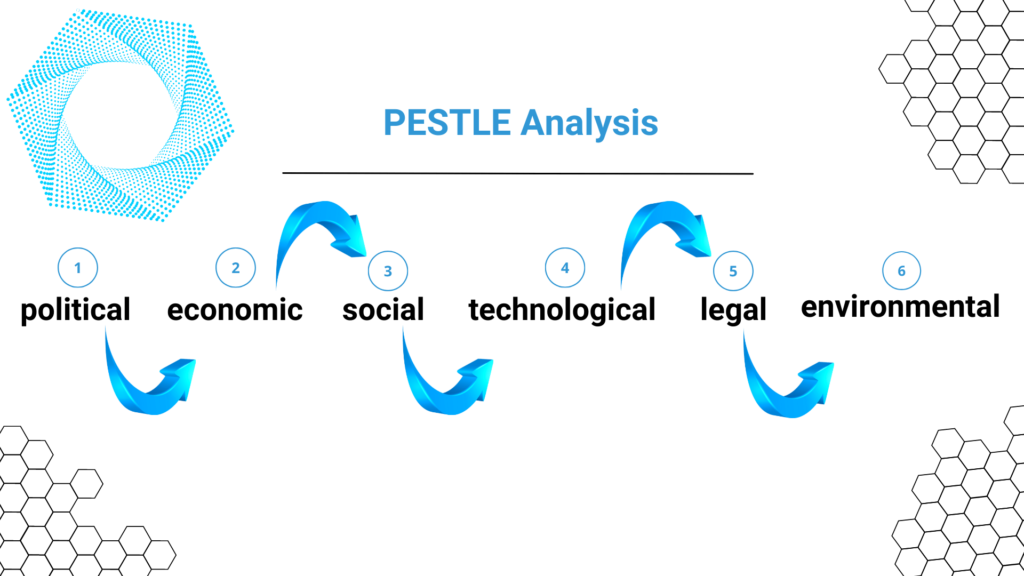
MarCom & Sales
MarCom & Sales – Our foundation
Marketing, Communications and Sales – every business venture involves a recognition of the risks involved in bringing a product or service to the marketplace. Remember a simple, yet often forgotten aspect – a “marketplace” is a general term that means either a group of similar people or similar businesses, that in turn other businesses seek to sell their products or services to. MarCom & Sales leadership professionals, therefore, need to understand the market conditions that are at work as they consider entering a given market with a physical product or service. A clear understanding of the forces outside the organization’s control has a direct effect on the ultimate success or failure of any given business venture.
MarCom and Sales is a many-layered discipline that touches on every area of business strategy and day to day operations of a firm. We believe that marketing sits at the “drivers seat” of the MarCom & Sales triangle, as both communications and sales, if deployed correctly and effectively, are dependent for their inputs on the output of marketing.
Why? The common misconception about marketing is that it is synonymous with advertising, however, advertising is just one of many tactical modes of marketing. Marketing can be viewed as the “nervous center” of an organization that, based on data-driven methodologies and analytical tools, understands and deciphers changes in customer or consumer sentiments and behavior for the entire organization, drives the understanding of how marketplace dynamics change in an industry over a period of time, and hence, provides an arsenal of inputs for both communications and sales. Effectively ensuring that these three dimensions of the triangle are aligned in delivering the value proposition to the marketplace.

Talk to our MarCom & Sales practice area to learn more how to improve interconnectedness of marketing, communications and sales.
Talk to usUnderstanding the marketplace dynamics
The most fundamental baseline of an effective MarCom and Sales strategy is to survey or assess the competitive landscape. It is important to note that market forces we are unable to change in any meaningful manner. But we should be savvy, however, to understand them to the best of our ability and then account for them as we develop and launch our product and the marketing strategies that guide the value proposition’s entry into the chosen market. Equally important is to keep in mind that any analysis, and its usefulness, is never the final say on any given subject. This is because forces that act upon markets are in a constant state of change and never static. Marketplace’s change for a vast variety of reasons.
Why analysis?
Unless there is no competition and your company, its products and services enjoy a monopoly, the more knowledgeable you are about market conditions and characteristics, the more able you are to foresee trends and, in a sense, be able to predict and forecast the future. There is always an element of risk, or more plainly, the possibility that your product will fail to sell and make a profit. In no small measure, a clear understanding of the external, big picture, or macro forces is a way to reduce that risk. This understanding, though never complete, provides investors, business owners, leaders of the business, and C-suite with the best opportunity to succeed in dynamic market spaces.
Contact to hear more how our MarCom & Sales practice area can improve your organization’s market understanding
Talk to usHow we make sense of the forces that are outside a business’s control?
We use a variety of highly effective tools and frameworks, combined with in-depth data analytics, to gauge understanding of the market forces. For example, both the PESTLE and 5-Forces analyses provide a highly versatile way to decipher the marketplace.

Political
The first stage in the PESTLE analysis is to carefully consider the political environment affecting a market. This is a very broad analysis since it refers to much more than which political party happens to be in power in any given market a business operates in, though that is important as well. There are a few elements to a political assessment. First, firm’s must consider the legal structure of a given market/country/locality where they are considering doing business. This is important because the legal structure is the rule book that businesses are supposed to follow to comply with regulations and law which includes local taxation.
The second element of a political assessment is to understand how the current political climate views business regulations. Smaller SME’s, startup and scaleup businesses often become discouraged as they are crushed by the weight of regulation and the expense of complying both in legal fees and reporting requirements.
The third element of a political assessment is the general stability of the political system. This is especially true in international markets where a country that may be deemed a prime market, as it relates to needs, but may quickly become an unviable place to do business due to political instability. Sadly, however, the neediest countries remain in dire circumstances due to the risk caused by shaky governments, court systems and lack of democracy. The bottom line is instability makes markets unattractive for businesses.
Economic
Economic analysis is our next area of analysis. In a general sense this is one of the more straight forward areas of a PESTLE analysis because the data is more accessible. Interpretations, however, will vary as they do in every area of every analysis. When you think of economic conditions it is helpful to view this as the general health and optimism of the market. The ”healthier” the economic conditions are viewed to be, generally translates into a more attractive market. Simply put, individuals within the market feel more confident and secure in their financial state and are thus willing to spend. This is a good thing because healthy economic conditions is what creates wealth and tends to help everyone within a market.
Here firm’s need to consider some basic measures of the broad or macro economy. Economic growth – the output of businesses increasing combined with jobs and wages? Interest rates are another key indicator. The best way to view interest rates is to see it as the rent paid for money. If interest rates are high or rising rapidly it makes it more expensive or less attractive for a business to take out a loan to increase production to meet demand. Two other common measures exchange rate and inflation rate are complex in that they can be both favorable and unfavorable depending upon the perspective.
Social
Social conditions require analysis as well for organizations to make informed decisions. This is a very broad subject and applies more to some business decisions than others. However, social trends can be very powerful in their effect on markets and strategic marketing. This area of analysis includes categories such as demographic characteristics which includes population growth rates and distribution of ages within the population. Other areas of study under this section also include social factors concerning the market population. For example, is there a social trend toward more health consciousness? What are the developing or current attitudes towards family, work-life-balance, equality, female empowerment, minority empowerment, career aspirations, social responsibility, and sustainability and many other areas depending on the look for meaningful data. It is important to note that social trends are subject to change and that these changes may accelerate or discourage types and levels of buying or consumption. On one hand advances in technology and on the other global scale social movements have driven firm’s to be more conscious of social topics across the boarder.
Technology
Technology is the fourth category of analysis within the PESTLE view of macroenvironment factors. Without a doubt technology has made a massive change in the way society and businesses have functioned for the past decades. As technology progresses it can render whole business categories obsolete and at the same time create new ones. Many legacy businesses have fallen due to disruptive technologies, whereas many new have risen.
Remember Blockbuster? How people used to go to them to rent or buy video copies of movies, and then return them to the same store. With the advent of streaming technologies, such as Netflix, Disney+, Paramount+ and alike, the days of physically renting videos is nearly a thing of the past. Business models are changing at rapid pace. At the same time, streaming video services have become a whole new business category which has expanded to creation of its own exclusive content not found anywhere else expect in the platform.
Some of the basic measures of technology as a force are included in R&D activities of corporations. This is a look at the new technologies that are being invested in and how it effects market conditions. One measure of technology impact includes the rate of change brought about by technological innovations such as investments into automation and communications.

